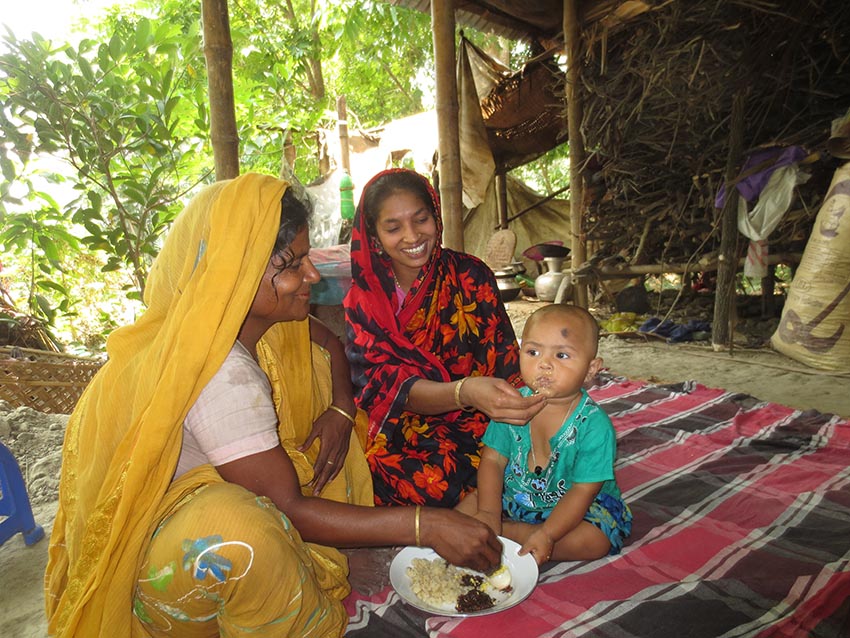
Photo Credit: © 2014 SPRING Project, Courtesy of Photoshare
We are officially knee-deep into 2018, although many of us are still waiting for spring! The R&E Search for Evidence blog already has 13 new posts written by FHI 360 thought leaders and focused on innovative tools, research and evaluation methodologies, and new evidence related to some of our most pressing human development needs. Here are some of the highlights.
Most-read posts
Our most-read (and most-commented-on) post of the quarter comes from Theresa Hoke. Hoke defines implementation research and outlines why she thinks it is the heart and soul of implementation science. Also widely read is the post by Merle Froschl (with Felix Fernandez, Maryann Stimmer and Lara Lorenzetti) that argues future STEM research must focus on how to design and develop effective approaches, tools and materials to foster girls’ interest and engagement.
Most-prolific blog-post authors
The most-prolific blog-post writers this quarter both write about education. Felix Fernandez, in addition to co-authoring the STEM post, shares insights from a capacity-building workshop centered on improving college readiness for U.S. students, as well as ways for Catholic and independent schools to more effectively track, store and use data to strengthen capacity. Carina Omoeva was not far behind. In her first of two posts, Omoeva argues that disaggregated data are important for understanding education equity and measuring the impact of education but reports that these data are rarely collected. In her follow-on post, Omoeva describes how to operationalize measurement and learning for education equity by outlining five features of a monitoring, evaluation and learning system.
Shared across the world
Readers of our blog come from 151 countries! Popular among our readers in Southeast Asia, especially Thailand, is Amy Weissman’s post, which explores how we can improve the chances a program intervention is scaled up. Weissman reviews the protocols for two new nutrition studies from Bangladesh that will examine different sets of intervention packages to see which combination works best. And popular among readers in Nigeria and India is a post from Betsy Costenbader and Rachel Lenzi. They explore what evidence exists around the relationship between social norms and use of modern family planning methods and provide recommendations for how to improve the evidence base.
Most-tweeted posts
Two posts stand out as our most-clicked and retweeted from our FHI 360 research Twitter platform. The first of these is a post about drones. Drones are often marketed as the faster, cheaper and safer solution for last-mile health delivery. But, how do decision-makers know if they are actually useful? In her post, Marga Eichleay points out that more research is needed, while also reviewing what existing drone research currently says. Second up is a post about maternal health. Improving maternal health outcomes has traditionally relied on indicators of facility coverage and use. In her post, Emily Keyes advocates that we move toward maternal health indicators that more adequately capture the complexity of facility capability and quality.
Latest posts
Some of our most-recent blog posts are picking up steam already. Don’t miss Jen Deese’s approach for maximizing return on clinical trial research investments, or Corey White’s World TB Day post highlighting recent TB research. Our most-recent post comes from Gregory Beck and Timothy Mastro. They offer a look at the science behind the humanitarian response in crisis settings.
Be sure to stay tuned for more weekly posts throughout 2018! Subscribe to our mailing list and join the conversation by tweeting @fhi360research.
